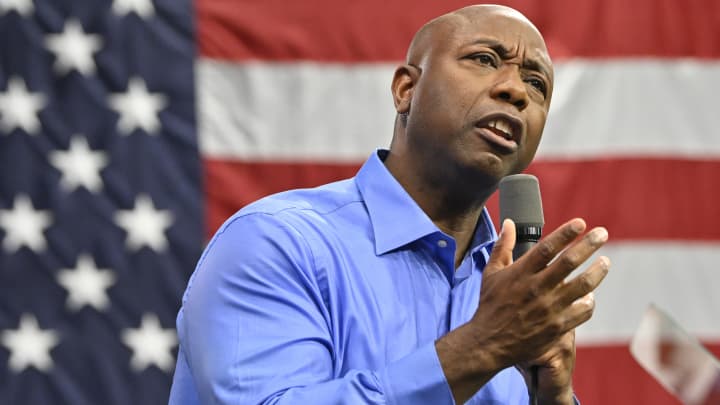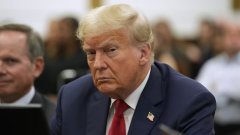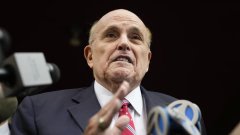
Sen. Tim Scott, R-S.C., on Thursday advocated for cutting taxes and slashing government spending, including targeting welfare programs, as part of his presidential campaign's new .
, touting his new plan on CNBC's " ," argued that his system would ultimately usher more money into the country's coffers.
"I believe the Laffer Curve still works, frankly," Scott said.
He was referring to conservative economist Art Laffer's controversial theory that helped popularize the view that cutting taxes will unleash enough additional economic activity to generate an increase in tax revenue.
Lowering taxes "creates and encourages capital to come off the sidelines, and when that happens you see growth to the revenue in the Treasury," Scott said.
"We saw that in 2019, we saw it in 2018. I believe that if we cut taxes again we'll see that same trajectory that will stimulate growth in our economy," he said.
Read more of CNBC's politics coverage:
His plan aims to make permanent the tax cuts that were signed into law in 2017 by then-President . Those provisions are set to expire in 2025.
The Laffer Curve, reportedly conceived on a cocktail napkin in the 1970s, has been embraced by many in mainstream Republican circles, though its will note that both conservative and liberal economists have assailed the theory.
When challenged on whether that predicted bump in revenue would be enough to cover the loss created by the tax cuts themselves, Scott argued that the problem was overspending.
"It's not simply a revenue problem, it's a spending problem," he said on CNBC, noting that his plan aims to rein in nondefense discretionary spending to pre-pandemic levels.
Scott's plan would rescind the Inflation Reduction Act, the sweeping spending law that President contends has been critical to the inflation rate's decline over the past year.
He would also impose "welfare reform work requirements," arguing it will "reduce our spending on welfare programs by encouraging work."
"In America, if you're able-bodied, you should work," Scott said.
Scott is consistently stuck in the low to mid single digits in national polls of the Republican primary race.




